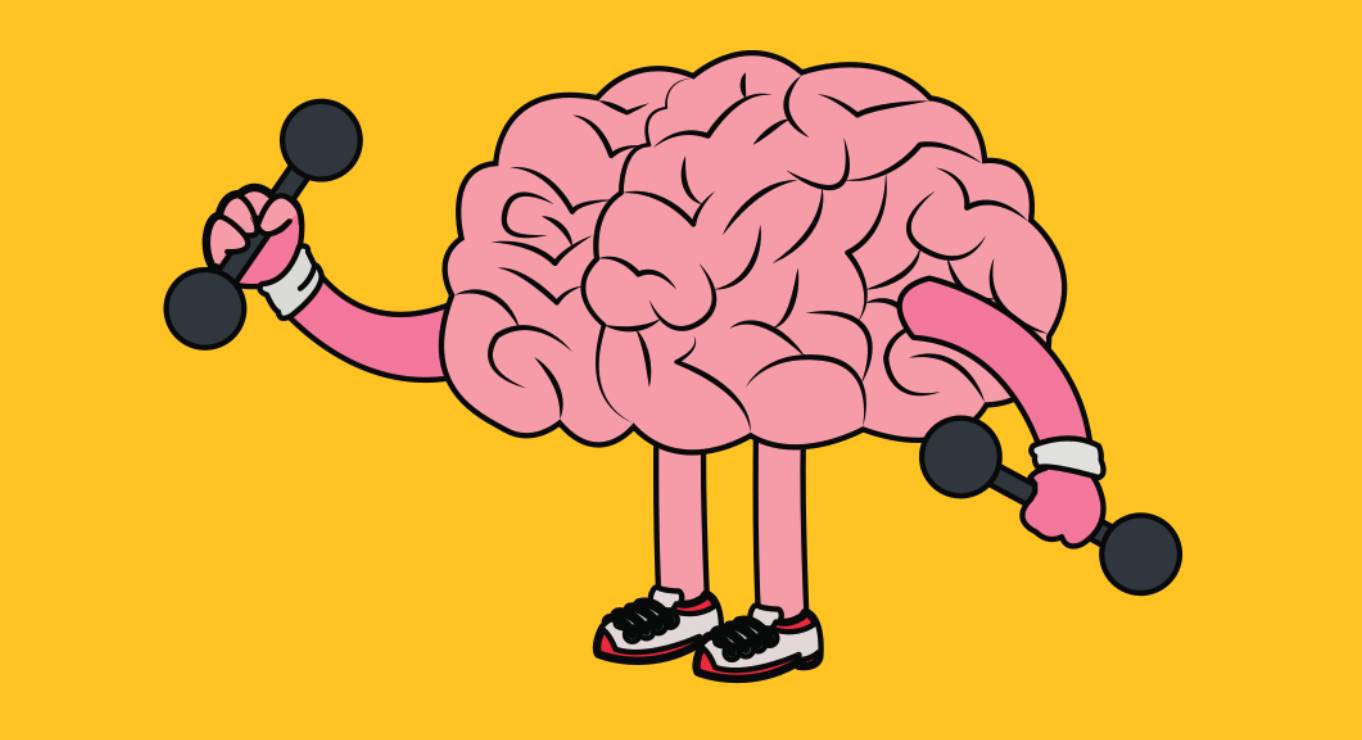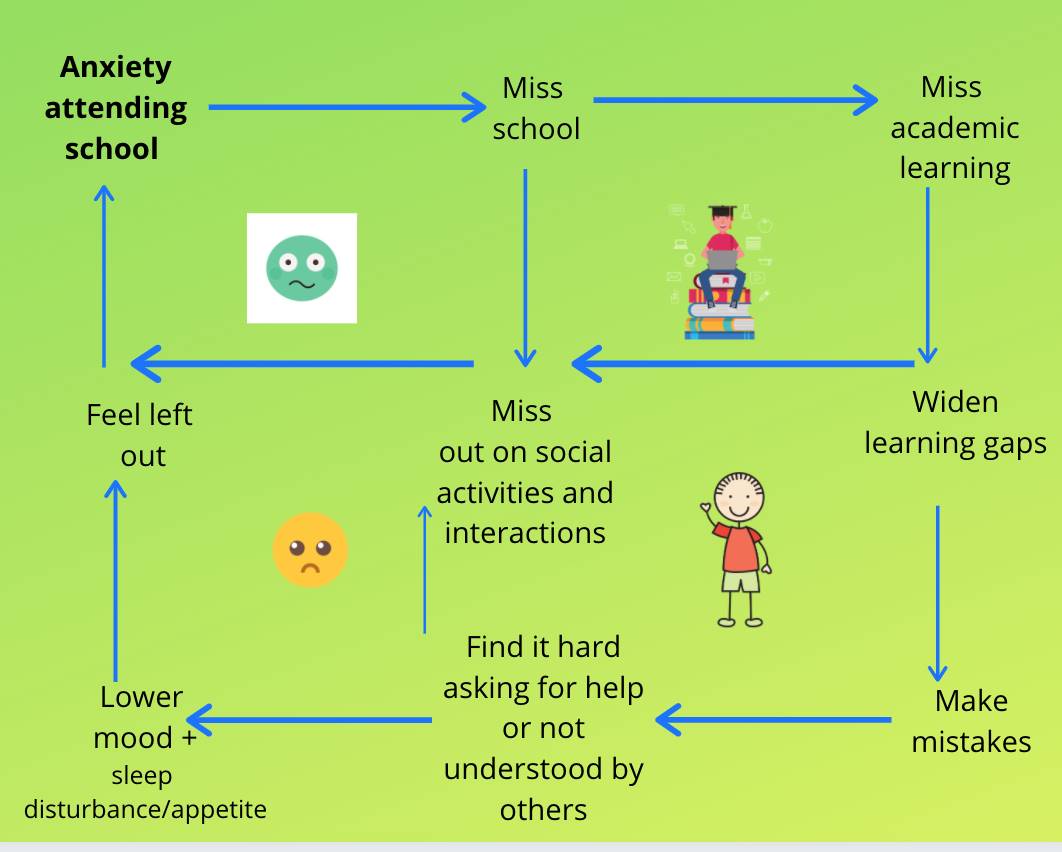*It’s a long one… you can skip to the tips at the bottom if you want….*

We are hearing a lot about the need to build resilience to cope and to enable us to move forward in these incredibly difficult times. Phrases like ‘bounce back’, catch-up, and gaining mental toughness, are all being used.
Friedrich Nietzsche said, “That which does not kill us makes us stronger.”
Is that really true? Is it the same for all?
I am also hearing from some people in Neurominority communities who feel intensely irritated by the fact that they are being told to ‘toughen up and it will be all OK and find this quite triggering for them. When we have experienced daily challenges in engaging in a world that is made to fit some but not all people this may feel disheartening and disingenuous. If schooldays were a nightmare and gaining jobs a continuing battle bouncing back may not be where you want to go!

We all start from different start lines. Our goals are also different for all of us. Hurdles vary and can come from within us and relate to the challenges navigating the world we live in.
Do we want to be more resilient?
There is extensive evidence from the positive psychology movement, from Seligman and others about factors that can aid resilience.
“A resilient person works through challenges by using personal resources, strengths, and other positive capacities of psychological capital like hope, optimism, and self-efficacy.”
Some of this work has focused on army personnel and their reaction to trauma and understanding what made some people cope and others collapse. Seligman found there were certain factors that made a difference including an optimistic framing. He developed training courses to teach them relating to (PERMA):

· Positive emotions
· Engagement
· Relationships
· Meaning
· Accomplishments
It did make me wonder talking to many friends and colleagues with ADHD, DCD and on the Autism Spectrum whether this work, although amazing and impactful for some has been primarily targeted at neurotypical groups. In order to have an impact on a really neurodiverse audience, it would perhaps need to be framed differently, especially for those with more neurodivergent thinking and communicating differences from the mainstream.
Anne Masten has also undertaken extensive research in the field of resilience with a wide range of different populations globally and makes an important point:
“multiple domains of life need to be considered in thinking about resilience, and individuals usually vary across domains in how well they are functioning.”
Her definition of resilience is more about systems:
“Resilience refers to the capacity of a dynamic system to adapt successfully to disturbances that threaten the viability, the function, or the development of that system” (Masten 2014a, 2014b).
What is mental toughness?

‘Mental toughness is about more than just having resilience and control in difficult situations. It relates to a psychological frame of mind that endorses confidence and commitment to success
Psychologist Peter Clough describes mental toughness as an interaction between the following:
- The amount of control a person believes they have over their life and emotions;
- How much commitment is placed upon achieving goals despite hardship;
- Being able to see potential threats as opportunities for self-development;
- Continuing to strive in changing environments;
- The level of confidence a person has in succeeding despite setbacks.’
Do we also need self-efficacy, and if so what is that? (… It’s all so confusing!)
The psychologist Bandura described it as “how well or poorly a person is able to cope with a given situation based on the skills they have and the circumstances they face”.
I think we need to stop and consider these different elements here.
Masten talks about learning the skills to adapt to a system. Bandura is talking about having the skills to cope with the circumstances a person is facing.
These are two very different things. Navigating spaces where you have to adapt to the ‘norm’ or attempt to fit can be truly exhausting, we need to consider who is doing the adapting and fitting in and how much we need to have everyone conforming to a social stereotype if we really want to build resilient communities.
Also, Clough talks about seeing threats as opportunities and striving in constantly changing environments. I do think that some of these perspectives have been considered through a neurotypical lens.
Navigating a world designed for some and not for all is a constant challenge and has a real and enduring emotional impact. For some, there are daily challenges because of misconceptions, misunderstandings, and miscommunications by others and dealing with the resulting pain and trauma this creates. Goal setting may be hard to do for some people with challenges with executive functioning in terms of selecting priorities.
When we are considering what resilience means, we need to consider all of us including people who see, think, move, act and sense the world differently from the middle-of-the-road viewpoint.
Some adults are carrying traumatic past experiences with them. For example, those who are neurodivergent, and may have been bullied in school. They may also have lost jobs, friends, and self-confidence. When asked to be optimistic it can feel a challenge when the world outside hasn’t changed for them. Adaptations and adjustments need to be something that is considered by society to ensure inclusivity, otherwise, we are developing solutions for specific populations that we will not be able to apply for all.
Dr Panter-Brick is an eminent anthropologist and she makes a good point of avoiding the ‘three deadly sins’ of resilience research:
1. How we articulate resilience in settings that are different from our own.
2. Actively seeking evidence on resilience in a broad range of contexts.
3. How resilience is measured in different settings and not having one unitary concept that is assumed to work for all/
Dr. Panter-Brick uses a phrase that is about ‘harnessing resources’ and maybe this is something we can consider. In order for me to become resilient, it requires others to participate and connect with me in a meaningful and sincere manner. Making positive connections can build resilience.
Societies role in ensuring we all belong
Masten makes a point that ‘much of resilience, especially in children, but also throughout the life span, is embedded in close relationships with other people.’ I think this emphasizes the need for responsibility by others to understand each other.
“ Every conversation counts” is a focus of the author and broadcaster Riaz Meghi and talks about having meaningful conversations. I think this is at the heart of what we need to do but this requires dialogue. This means we need to respect our communication differences. Not one approach works for all. Damian Milton’s work relating to double empathy is so important to consider. He describes double empathy as: “A disjuncture in reciprocity between two differently disposed of social actors”
There is extensive work that rather than tinkering with individual-level capacities to cope, we must change the society-level odds stacked against some individuals that block their opportunities to achieve a better future. This is about considering the ecological system of that person.
Catch up and Bounce back .. BUT from where?

Increasingly, we are seeing the impact of Covid-19 on those who are most vulnerable in society. We can see emerging evidence of concerns coming from the APPG on SEND.
I worry greatly for those children with specific learning, communication, and other related challenges, some of whom started last year needing some additional support, and now the gap has widened further.
The term ‘Catch up’ is being used quite a bit. What is ‘catch-up’ if we don’t know the starting point we are catching up from or if a child already had a significant developmental delay in one or more areas of their life? For teachers, this is also an incredibly difficult time. They have been doing an amazing job in the most challenging circumstances. Many are exhausted. I am concerned there may be a tendency to speed up teaching in order to ‘catch up. A fast-paced review of learning materials will not help bridge this widening gap and may increase anxiety levels even more for some children. Certainly, when I am talking with many parents and families of children with learning and living challenges I can see huge concern about what the future looks like. They are trying to cope with their own anxiety as well as the behaviors emerging from frightened and confused children. Some children’s development has certainly not moved forward and in some cases regressed. Is this what ‘bounce back’ really means?
What can we do? ( I am an optimist!)
· In order to move forward, I believe we need to have a means of checking the status of each and every child to determine what their specific needs are. This is a real challenge. If we don’t assess skills, how else will we know what to catch up on and where to start? We know, that learning experiences have been very different for every child. Digital poverty has been noted but the variability in experiences from one family to another cannot be something we determine merely by postal code.
· Spend time creating an Individual Development Plan. Otherwise, we will be teaching to the mean and leave 20% of learners struggling to engage.
· We cannot assume the child who didn’t have challenges before is not a different child now. They may have witnessed loss and trauma in all sorts of ways during this year.
· Recognise that some children may have gained skills from being home. One finding of particular note showed that half of the parent carers said their child was less stressed because they had not been at school with some referring to less social interaction, more child-led learning, more attention on the development of a wider range of skills beyond the academic as well as a broader focus on mental health and wellbeing as part of the reasons for this.

In this time of global upheaval perhaps we will need to try and make sense of what has gone on to move forward. Keller builds on Kubler-Ross’s stages of grief and talks about the sixth stage of making sense. I think this is important that perhaps at this time we all look back before we can look forward. I also think what matters to us all when facing adversity is gaining some meaning in our lives.
Be hopeful
One key element of resilience research I think we can take for all of us is hope. If we can have a sense of hope that life can still improve we can start to move forward ( in small steps). Hope allows us to get up every morning and start a new day.

Václac Havel, the playwright, and dissident who led the creation of the first Czech Republic, “Hope is not the conviction that something is going to turn up well, but the certainty that something makes sense, however, things are going to turn out” (2010).
7 tips for schools helping neurodivergent children move forward successfully
- Harness the abilities and strengths that children have developed during lockdown such as improved technological, independent skills – utilizing their interests to motivate them.
- Reassess children to create child-centered academic, social, and emotional targets.
- Explore the opportunities to create a more flexible and individually responsive school system to meet their individual needs.
- Ensure there is time to share experiences as a start for supporting social and emotional needs.
- Explore the reasons for any anxiety at school ( which may present with negative behaviors to others or withdrawal) and work to adapt the environment, processes, interactions, and teaching to change this.
- Explicitly teach different ways to make social communication and interaction possible for all pupils to develop stronger peer-learning.
- Ensure all children with additional challenges are offered school places in any future lockdown or creating an optimal mix for them.
Professor Amanda Kirby has been running some webinars during Covid-19 with the amazing Julia Houlston Clark from Wales Restorative Approaches Partnership to help organizations during these challenging times to understand resilience and what this means for different people.
We have developed a wide number of resources and also found links to others and placed them all together on this site for free use.
*Please, please share*
https://doitprofiler.com/survive-revive-thrive/
For parents or schools who may want to understand the child/young person’s spiky profile and have some practical tips to help maximize skills please also see: https://profiler.app/neurodiversity-childrens-profiler-for-parents/
Napomena o autorskim pravima: Dozvoljeno preuzimanje sadržaja isključivo uz navođenje linka prema stranici našeg portala sa koje je sadržaj preuzet. Stavovi izraženi u ovom tekstu autorovi su i ne odražavaju nužno uredničku politiku The Balkantimes Press.
Copyright Notice: It is allowed to download the content only by providing a link to the page of our portal from which the content was downloaded. The views expressed in this text are those of the authors and do not necessarily reflect the editorial policies of The Balkantimes Press.
